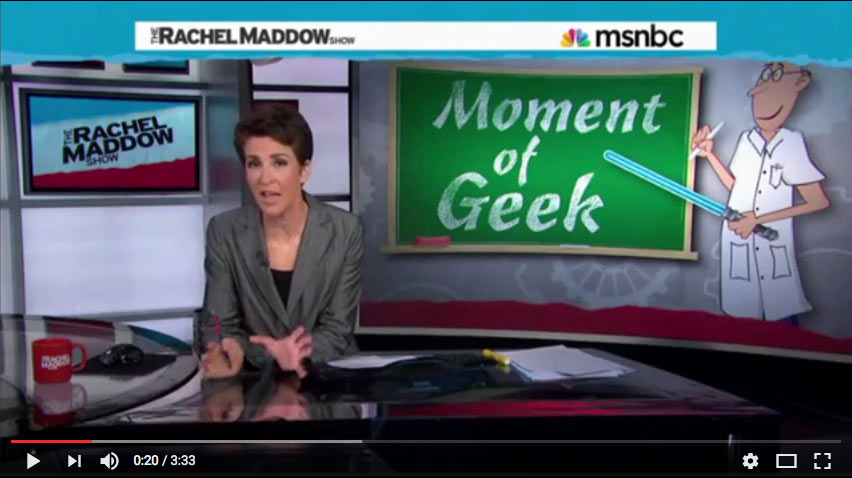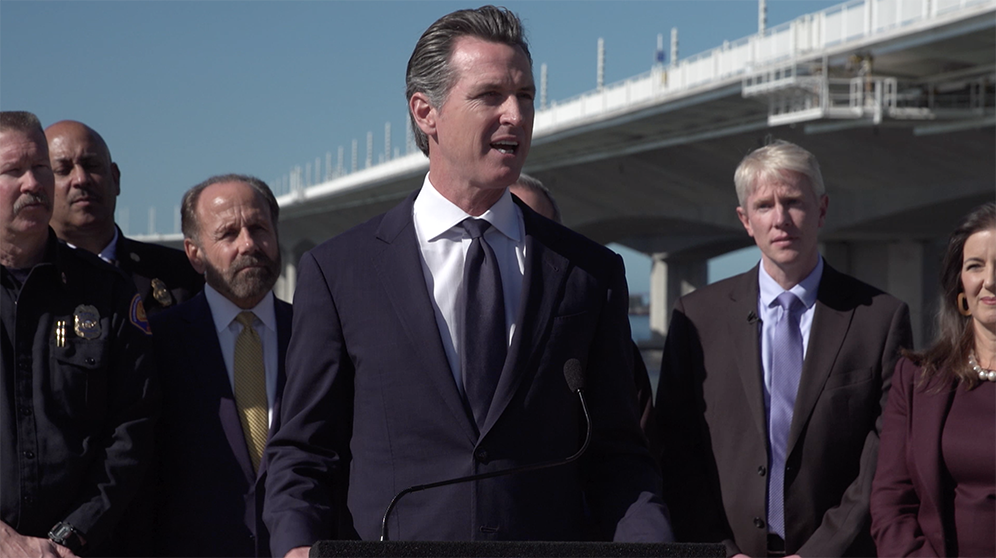Earthquake early warning milestones
Earthquake alerts are rapidly becoming available to more people around the globe thanks to partnerships among scientists, policy makers and industry. UC Berkeley's role in the scientific development of earthquake early warning is recorded in our academic publications. Here, we detail some of the other milesones towards our goal of global earthquake alerts.
For information on how the earthquake early warning works, visit our Berkeley Seismo Lab Earthquake Early Warning pages.
2019
MyShake version 2 launches and delivers public earthquake alerts across California
On October 17, 2019, California Governor Gavin Newsom announced that earthquake early warnings would now be available to the public across California using UC Berkeley’s MyShake app. Sponsored by the Governor's Office of Emergency Services, a new version of MyShake was released with the capacity to deliver ShakeAlert warnings to the public. Overnight, MyShake was downloaded by hundreds of thousands of people across California on both Android and iOS platforms.
Publications and IP
Google licences the MyShake IP from UC Berkeley
MyShake Citizen Seismologists help launch dual-use seismic network in California by Strauss et al published in Frontiers.
2018
ShakeAlert is "open for business"
In a press conference at the Downtown Berkeley BART station on October 8, 2018, the ShakeAlert partners announced that ShakeAlert was available to deliver earthquake alerts across California, Oregon and Washington. The BART train system in the Bay Area was one of the first test users of the warning system and demonstrated how the alerts could slow and stop the trains. But, there was no mechanism to deliver alerts to the public, yet.
Publications and IP
Revised technical implementation plan for the ShakeAlert system — An earthquake early warning system for the West Coast of the United States by Given et al, a USGS Open File Report.
2016
MyShake citizen science smartphone app launches
The Berkeley Seismology Lab annouced the launch of its MyShake app at the annual meeting of the American Association for the Advancement of Science. Funded by the Moore Foundation, the freely available smartphone app turnes personal smartphones into a network of earthquake sensors. Global press coverage led to some 100,000 downloads within a few weeks, and MyShake became the largest seismic network with sensors distributed around the world.
Publications and IP
MyShake: A smartphone seismic network for earthquake early warning and beyond by Kong et al published in Science Advances.
White House summit on Earthquake Early Warning
In February 2016, the White House hosted a summit on earthquake resilience to promote the concept of earthquake early warning. UC Berkeley and other scientists, legislators, and users of the prototype system all spoke to the value ShakeAlert could provide in future earthquakes.
2014
Federal funding to start construction of ShakeAlert
In December 2014, the US Congress provided the first funding specifically to build ShakeAlert with a $5M appropriation of federal funding via USGS’s budget. Congressional champions included US Senator Dianne Feinstein (D-CA), Congressman Adam Schiff (D-CA) Congressman Ken Calvert (R-CA) and Congresswoman Barbara Lee (D-CA.)
Berkeley hosts International Meeting on Earthquake Early Warning

The opening session (pictured above) included (from left to right) Prof. Richard Allen, State Sen. Jerry Hill, then Lt. Gov. Gavin Newsom, then State Sen. Alex Padilla, Office of Emergency Services Director Mark Ghilarducci, San Francisco Mayor Ed Lee and USGS Acting Director Suzette Kimball.
Two weeks after the M6.0 Napa earthquake, the Berkeley Seismology Lab hosted an international meeting on earthquake early warning. Attended by scientists, industry partners and politicians, the meeting led to federal funding for ShakeAlert. During the summit, then Lieutenant Governor Gavin Newsom announced, "Disaster Preparedness is now my top priority. Whether through public education and outreach, advance warning systems, or protecting our infrastructure, we must leverage technology, innovation and the public will to revive our woefully inadequate disaster preparedness structure."
ShakeAlert provides warning in M6.0 Napa earthquake

Earthquake early warning featured on MSNBC's Rachel Maddow - Moment of Geek: Quake warning provides extra life-saving seconds (screenshot)
The M6 Napa earthquake at 3:20 am on August 24, 2014, rattled the entire San Francisco Bay Area. Damage was mostly confined to the Napa area, but the entire region was reminded of the earthquake threat. ShakeAlert issued a warning to test users in the Bay Area, including BART, San Francisco Emergency Management, UC Police, and Google. The alert came from Berkeley’s ElarmS algorithm.
2013
California passes earthquake early warning legislation
Sponsored by then State Senator Alex Padilla, California passed legislation to develop a public earthquake early warning system. The bill was later carried by State Senator Jerry Hill, when Padilla became Secretary of State.
Publications and IP
"Seconds Count: The United States should install an earthquake early-warning system now — and before the next big one hits" by Allen was published in Nature
2011
Earthquake Early Warning Summit following M9 Tohoku-Oki earthquake
Only weeks after the devestating M9 earthquake in Japan, the Berkeley Seismology Lab hosted a summit with scientists, legislators, foundations and the private sector. This led to the expansion of the ShakeAlert project to cover California, Oregon and Washington, a $6.5M private investment from the Gordon and Betty Moore Foundation to complete the development of the system, and eventually legislation in California to provide early warning.
Publications and IP
"Seconds before the big one" by Allen and published in Scientific American detailed how a U.S. warning system would work.
2007
First real-time generation of an earthquake alert in California
The Berkeley Seismology Lab's prototype ElarmS algorithm was up and running when the M5.4 Alum Rock earthquake rattled the San Francisco Bay Area on Oct. 30, 2007. ElarmS detected the earthquake in real time and generated an alert. After this first proof-of-concept event, ElarmS became the basis for ShakeAlert, through which it continues to provide alerts today.
Publications and IP
"The ElarmS earthquake early warning methodology and its application across California" by Allen was published in the special volume "Earthquake Early Warning Systems". This publication detailed the methodology now at the heart of ShakeAlert.
2003
The potential for earthquake early warning in California
Published in Science, this manuscript authored by Richard Allen and Hiroo Kanamori detailed the scientific foundations and the methodolgy for the development of an early warning system in Southern California. It catalyzed research and development efforts in the United States, Europe, and across Asia.
Publications and IP
"The potential for earthquake early warning in southern California" by Allen and Kanamori was published in Science.



